警报
警报
练习类型
公路自行车
困难
8h
Presentation
描述
地图
步骤
兴趣点
评级和评论
周围的看点
La Marmotte




IGN 地图
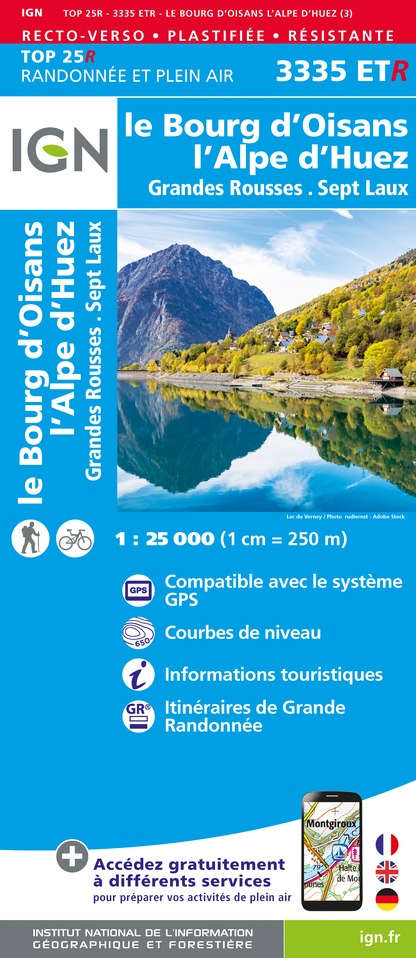
3335ETR - LE BOURG-D'OISANS L'ALPE D'HUEZ RESISTANTE GRANDES ROUSSES SEPT LAUX
编辑器 : IGN
收藏 : TOP 25 RÉSISTANTE
梯子 : 1:25 000
17.20€
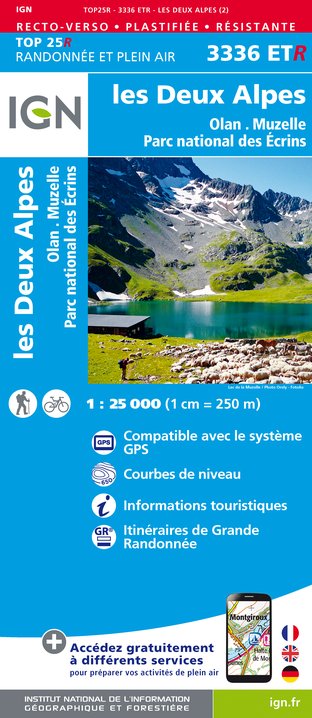
3336ETR - LES DEUX ALPES RESISTANTE OLAN MUZELLE PARC NATIONAL DES ÉCRINS
编辑器 : IGN
收藏 : TOP 25 RÉSISTANTE
梯子 : 1:25 000
17.20€
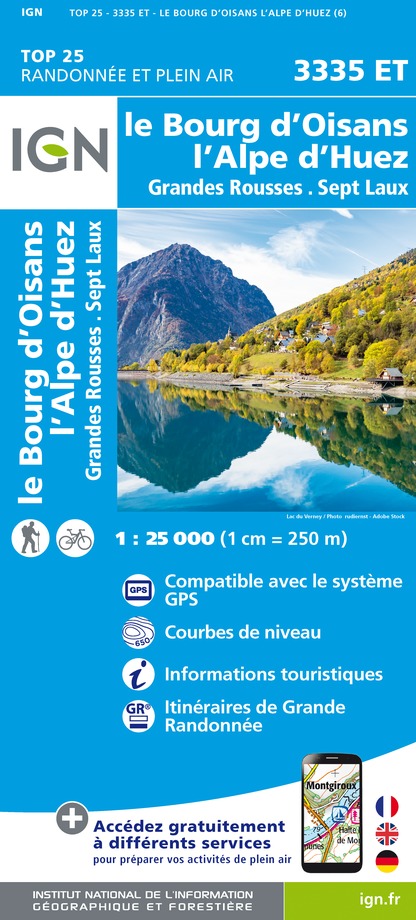
3335ET - LE BOURG-D'OISANS L'ALPE D'HUEZ GRANDES ROUSSES SEPT LAUX
编辑器 : IGN
收藏 : TOP 25 ET SÉRIE BLEUE
梯子 : 1:25 000
13.90€
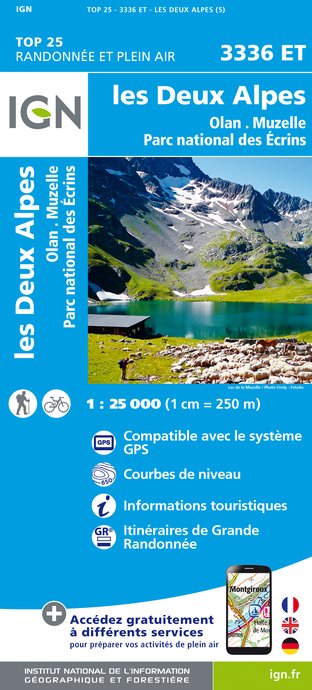
3336ET - LES DEUX ALPES OLAN MUZELLE PARC NATIONAL DES ÉCRINS
编辑器 : IGN
收藏 : TOP 25 ET SÉRIE BLEUE
梯子 : 1:25 000
13.90€

TOP75006 - MASSIF DES ECRINS OISANS CHAMPSAUR
编辑器 : IGN
收藏 : TOP 75
梯子 : 1:75 000
9.80€
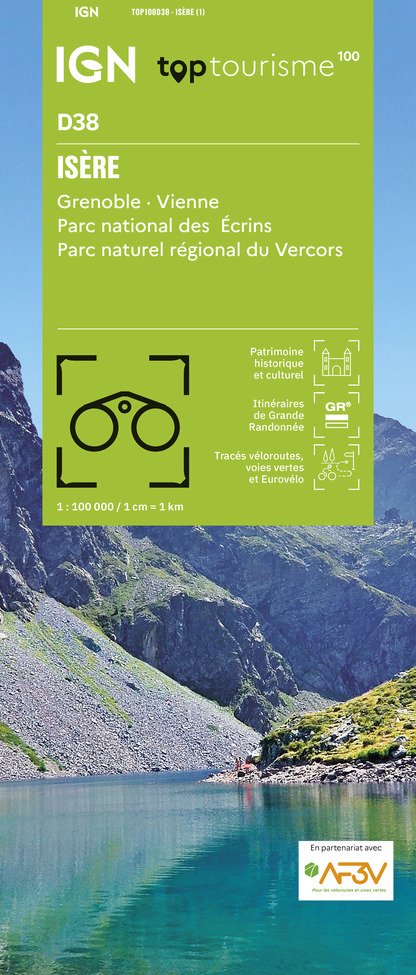
TOP100D38 - ISÈRE GRENOBLE VIENNE PARC NATIONAL DES ÉCRINS PARC NATUREL RÉGIONAL DU VERCORS
编辑器 : IGN
收藏 : TOP 100
梯子 : 1:100 000
8.40€
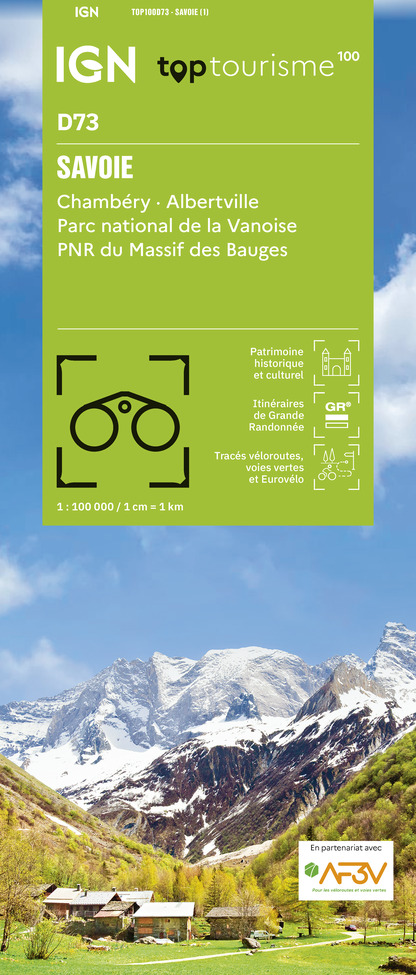
TOP100D73 - SAVOIE CHAMBÉRY ALBERTVILLE PARC NATIONAL DE LA VANOISE PNR DU MASSIF DES BAUGES
编辑器 : IGN
收藏 : TOP 100
梯子 : 1:100 000
8.40€

202 JURA ALPES DU NORD
编辑器 : IGN
收藏 : TOP 200
梯子 : 1:200 000
6.80€
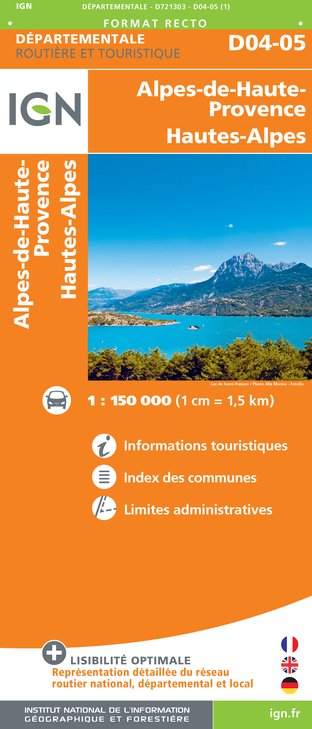
D04-05 ALPES-DE-HAUTE-PROVENCE HAUTES-ALPES
编辑器 : IGN
收藏 : CARTES DÉPARTEMENTALES IGN
梯子 : 1:150 000
5.90€

D38 ISÈRE
编辑器 : IGN
收藏 : CARTES DÉPARTEMENTALES IGN
梯子 : 1:150 000
5.90€

NR14 AUVERGNE-RHÔNE-ALPES RECTO/VERSO MASSIF CENTRAL
编辑器 : IGN
收藏 : CARTES RÉGIONALES IGN
梯子 : 1:250 000
6.80€
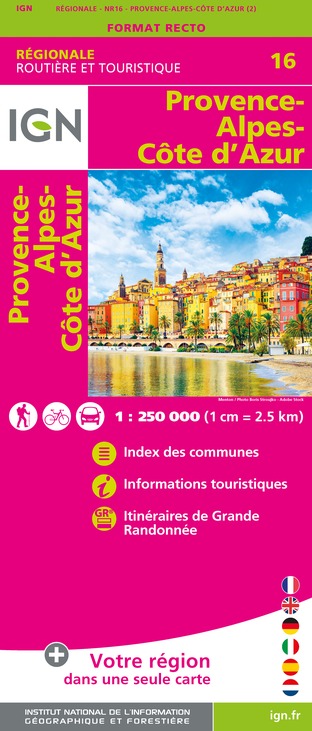
NR16 PROVENCE-ALPES-CÔTE D'AZUR
编辑器 : IGN
收藏 : CARTES RÉGIONALES IGN
梯子 : 1:250 000
6.80€
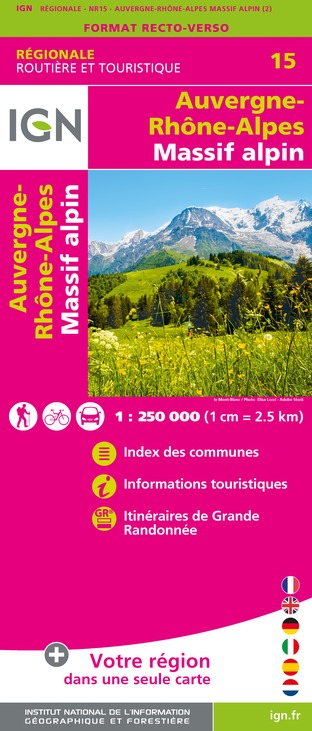
NR15 AUVERGNE-RHÔNE-ALPES RECTO/VERSO MASSIF ALPIN
编辑器 : IGN
收藏 : CARTES RÉGIONALES IGN
梯子 : 1:250 000
6.80€

EUROPE
编辑器 : IGN
收藏 : DÉCOUVERTE DES PAYS DU MONDE IGN
梯子 : 1:2 500 000
7.00€
技术信息
公路自行车
难度
困难
持续时间
8h
距离
174 km
练习类型
公路自行车
困难
8h
显示更多信息
高程剖面
起点
Mas du Plan
,
38520
Le Bourg-d'Oisans
Lat : 45.054787Lng : 6.031618
步骤
兴趣点
补充信息
Environments
山景
山的位置
Updated by
Oisans Tourisme - 24/06/2024
www.oisans.com
Report a problem
Open period
Du 01/06 au 31/10.
Contact
Phone : 04 76 80 03 25
Email : info@oisans.com
Website : www.bike-oisans.com
数据作者

提出者
Oisans Tourisme
评级和评论
周围的看点




















